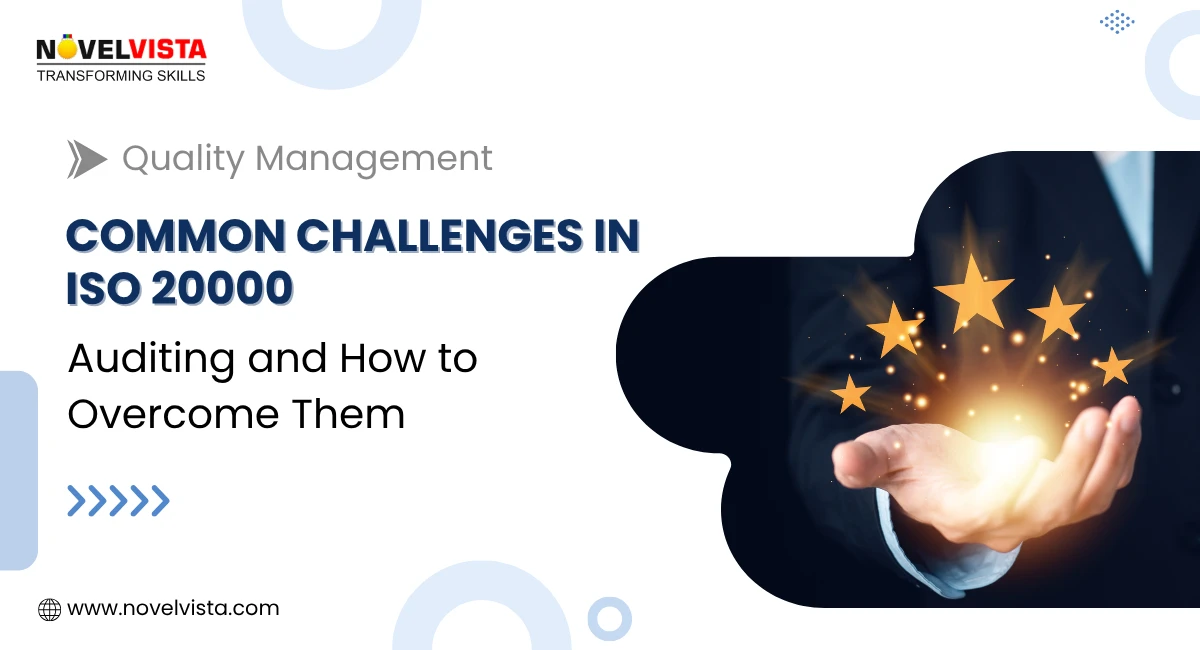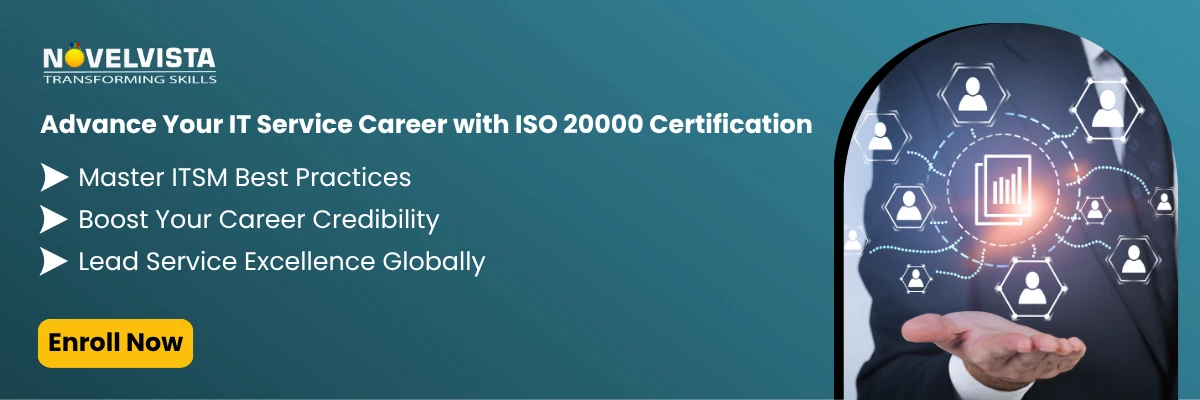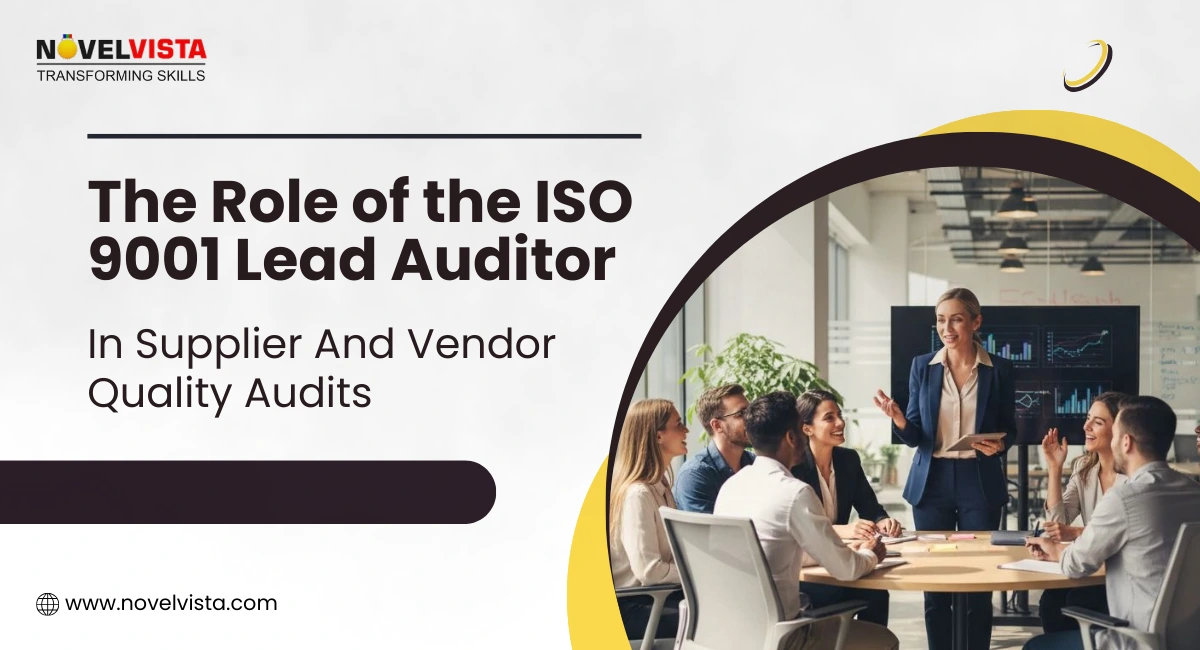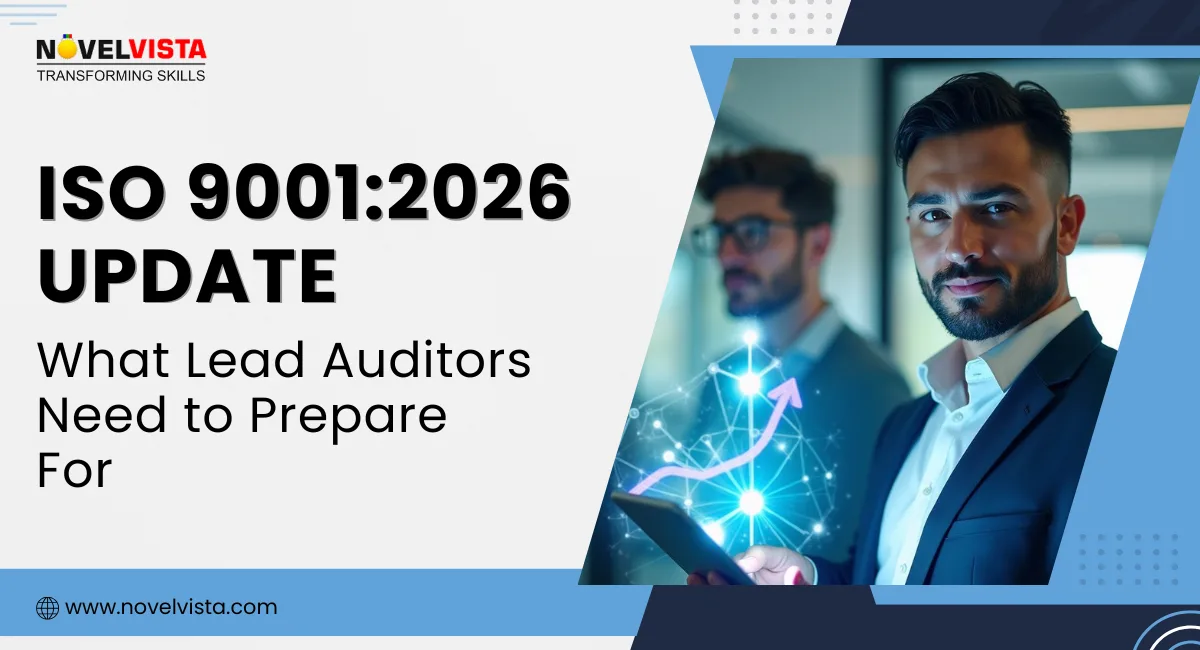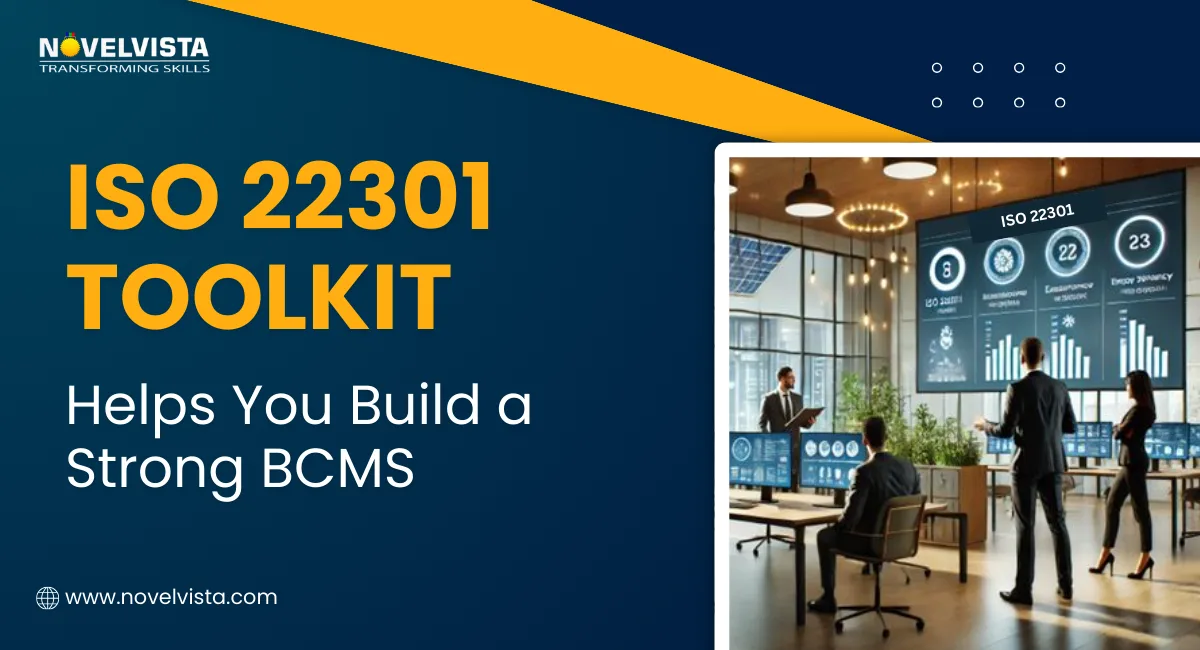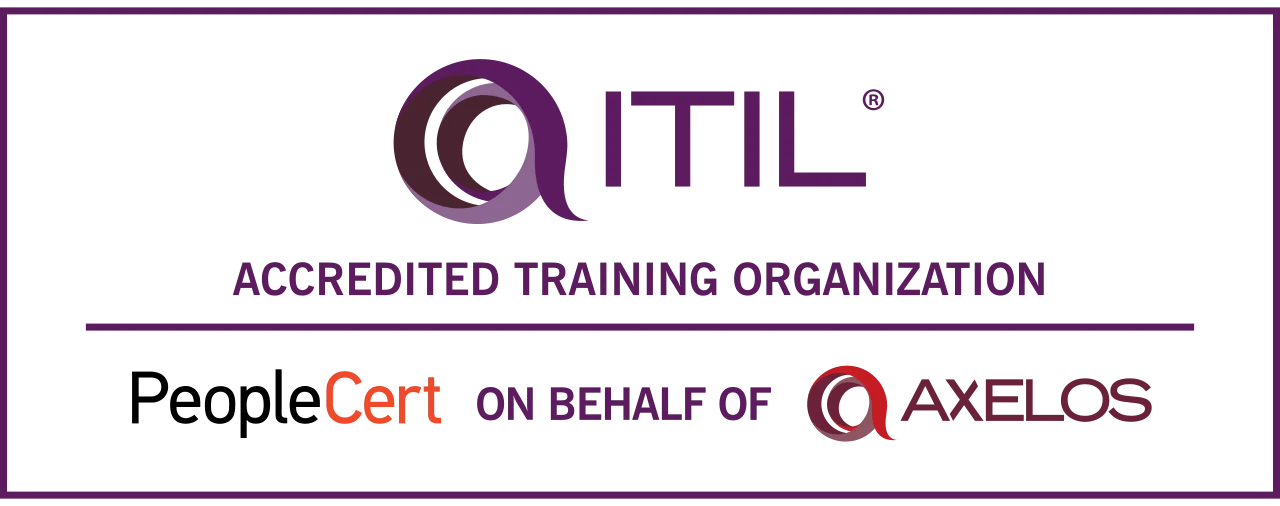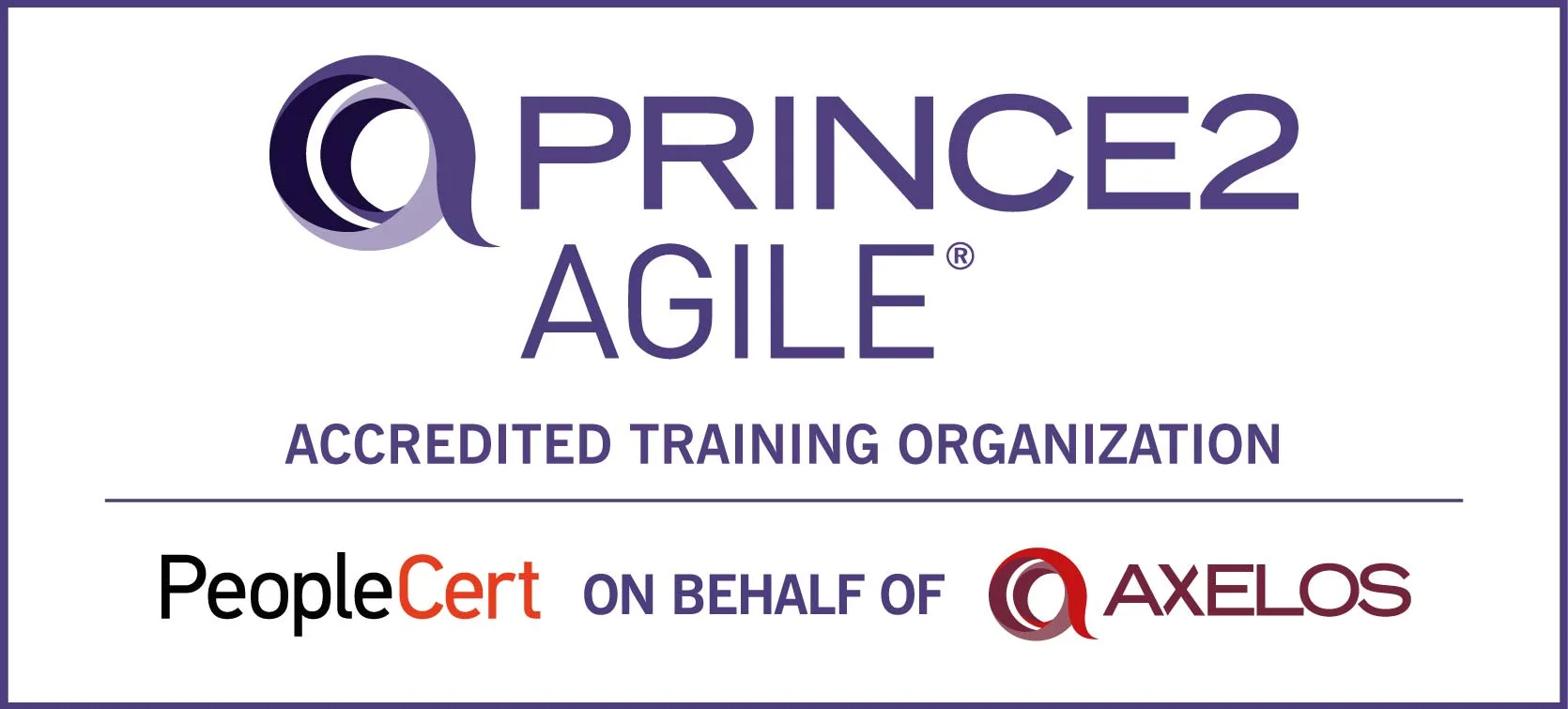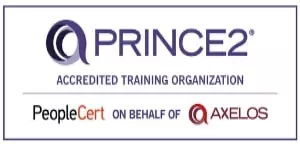- Understanding ISO 20000 and the Role of Audits
- Key People and Process Challenges in ISO 20000 Audits
- Documentation and Compliance Challenges
- Audit-Specific Challenges
- Common Non-Conformities Found During ISO 20000 Audits
- Strategies to Overcome ISO 20000 Auditing Challenges
- Real-World Example: Overcoming Audit Challenges
- Conclusion: Turning ISO 20000 Auditing Challenges into Opportunities
- Next Step: Advance Your ISO 20000 Career
Understanding ISO 20000 and the Role of Audits
Organizational View:
ISO 20000 ensures IT services meet business objectives and agreed service levels (SLAs). Audits examine whether processes are mature, well-documented, and continuously improving. This assessment helps organizations enhance service quality, reduce downtime, and align IT with business priorities.
Professional/Auditor View:
Auditors play a key role in assessing compliance against ISO 20000 standards. They verify that ITSM processes are implemented effectively, check documentation accuracy, and identify gaps. The goal is not just compliance but also operational efficiency, helping organizations achieve lasting IT service improvements.
Key People and Process Challenges in ISO 20000 Audits

Challenge |
Organizational Impact |
Auditor Impact |
Resistance to Change |
Employees may resist new ITSM processes or documentation requirements, slowing implementation and reducing adherence to standard practices |
Makes it harder to collect accurate evidence and assess process adoption throughout the organization. |
Lack of Management Support |
Without active leadership engagement, initiatives may fail due to insufficient resources and unclear priorities. |
Auditors may note weak leadership commitment, negatively affecting the audit outcome and overall scoring. |
Poor Staff Awareness & Training |
Staff without proper training can misinterpret ISO 20000 requirements, resulting in inconsistent process execution. |
Auditors encounter errors and incomplete practices, complicating assessment and evidence collection. |
Unclear Roles & Responsibilities |
Ambiguity in ownership can lead to gaps, duplicated efforts, and accountability issues in ITSM processes. |
Difficult to evaluate who is responsible for each process, which impacts audit accuracy. |
These challenges are drawn from documented audit reports and client consultations. For instance, in multiple ITSM projects, resistance to change and unclear responsibilities accounted for over 60% of audit non-conformities, highlighting the importance of proactive staff engagement and role clarity.
People and process challenges often appear together. Staff may be unaware of expectations, and unclear roles amplify errors, creating ITSM auditing issues. Addressing these challenges early ensures smoother audits, better compliance, and a stronger IT service foundation.
Documentation and Compliance Challenges
Challenge |
Organizational impact |
Auditor Impact |
Inadequate Documentation |
Organizations struggle to maintain up-to-date ITSM policies, procedures, and records, making compliance verification difficult. |
Auditors find it challenging to validate processes and assess overall compliance |
Complexity of the Standard |
Meeting all ISO 20000 requirements without omissions or overlaps can overwhelm staff. |
Auditors must interpret complex clauses and ensure complete coverage, increasing audit difficulty. |
Manual Compliance Management |
Tracking compliance manually is time-consuming, error-prone, and often incomplete. |
Auditors face difficulties validating data accuracy and completeness during assessments. |
Organizations that adopt automated compliance management tools and follow documented ISO 20000 best practices experience 40–50% fewer audit findings related to documentation errors. This data reflects combined outcomes from case studies and field audits across multiple industries.
ISO 20000 ROI & Readiness Toolkit for IT Leaders
Measure the true value of ISO 20000.
Assess readiness, calculate ROI, and build
a roadmap that turns ITSM into a profit driver.
Audit-Specific Challenges
Challenge |
Organizational Impact |
Auditor Impact |
Lack of Clear Scope & Service Catalog |
A poorly defined SMS scope or service catalog creates gaps and confusion. |
Auditors struggle to confirm that all IT services are adequately covered. |
Interpreting Audit Findings Objectively |
Differing interpretations between staff and auditors may cause disputes and delays. |
Requires auditors to carefully analyze evidence while maintaining impartiality. |
Gaps in Continual Improvement |
Reactive incident handling without trend analysis prevents evidence of ongoing improvement. |
Makes it difficult to verify compliance with continual improvement requirements. |
Inadequate Internal Audits |
Shallow or incomplete internal audits leave critical gaps undiscovered until external audits. |
Leads to higher non-conformities and potential certification delays or failures |
Common Non-Conformities Found During ISO 20000 Audits
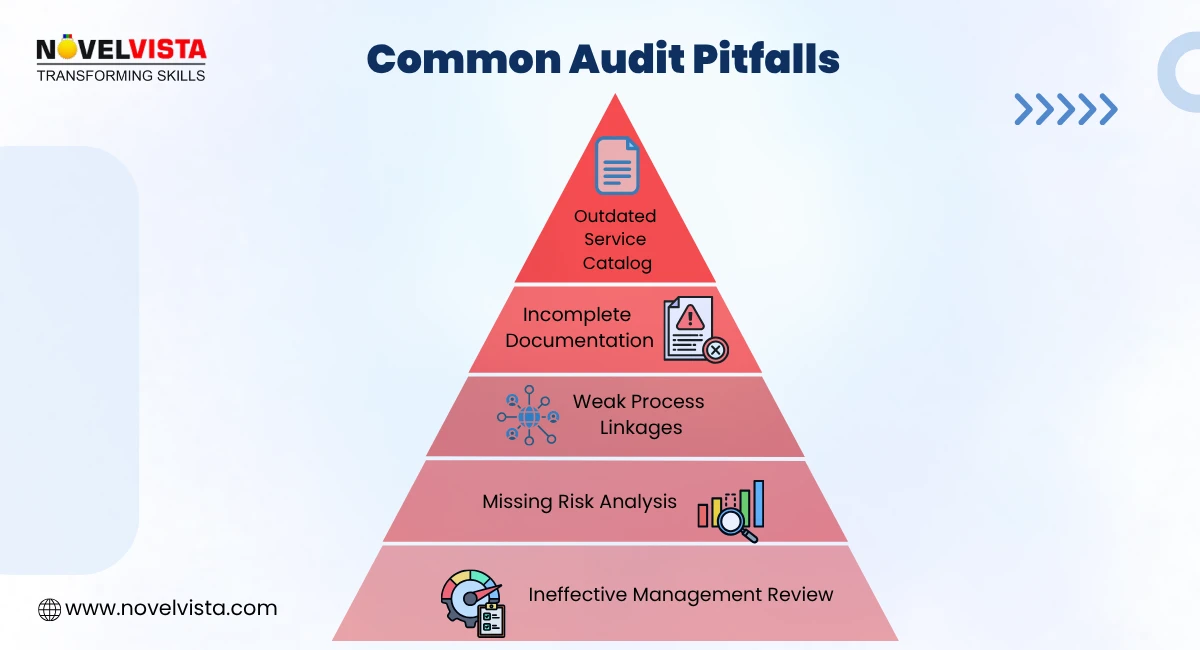
- Incomplete Service Catalog: Many organizations maintain service lists that are outdated or missing critical services, making audit verification difficult and creating gaps in ITSM coverage.
- Poor Documentation: SLAs, policies, and procedures may be partially documented or inconsistent, leading auditors to find discrepancies and non-compliance.
- Weak Process Linkages: Incident, problem, and change management processes are often disconnected, resulting in inefficiencies and audit findings.
- Missing Risk Analysis: Organizations may skip formal risk assessments or business impact evaluations, which auditors flag as non-conformities.
- Ineffective Management Review: Absence of structured management review and corrective actions prevents improvement and increases the risk of repeated audit issues.
Strategies to Overcome ISO 20000 Auditing Challenges
For Organizations:
- Internal Audits: Conduct regular internal audits to identify gaps early and maintain thorough documentation for smoother external audit processes.
- Staff Training: Provide comprehensive training to staff on ISO 20000 standards and clarify roles to improve process adherence and compliance.
- Management Support: Ensure visible engagement and backing from top management to allocate resources and drive process adoption effectively.
- Automated Tools: Use ITSM automation platforms to monitor KPIs, track compliance, and document continual improvement activities accurately.
For Auditors:
- Risk-Based Approach: Focus audits on critical processes and high-impact areas to efficiently assess compliance and service value.
- Constructive Communication: Present findings in a collaborative manner to encourage improvement rather than confrontation.
- Standards Alignment: Ensure all assessments are strictly aligned with ISO 20000:2018 requirements and best practices for accurate evaluation.
Real-World Example: Overcoming Audit Challenges
An IT services company failed its external surveillance audit because its service catalog was outdated, roles were unclear, and documentation was incomplete. The organization took a structured approach:
- Conducted staff training to improve understanding of ISO 20000 processes.
- Implemented automated ITSM dashboards to monitor services, track KPIs, and maintain real-time documentation.
- Performed monthly internal audits to identify and fix gaps proactively.
- Clarified process ownership across teams and improved incident-to-change management linkages.
As a result, the company passed the next surveillance audit with minimal observations. This example shows that even significant ISO 20000 auditing challenges can be overcome with preparation, tools, and organizational commitment.
Conclusion: Turning ISO 20000 Auditing Challenges into Opportunities
ISO 20000 auditing challenges, from staff resistance to incomplete documentation, are common but solvable. Audits are more than compliance checks; they provide actionable insights to enhance ITSM maturity. By addressing people, process, and documentation gaps, organizations strengthen service quality, ensure continual improvement, and boost credibility. Professionals equipped to navigate these challenges gain valuable skills, contributing directly to organizational success and operational resilience.
Next Step: Advance Your ISO 20000 Career
Master ISO 20000 auditing and become a confident auditor with NovelVista’s ISO 20000 Lead Auditor and Lead Implementer Training. Gain practical skills to manage people, process, and compliance challenges effectively, lead successful audits, and advance your ITSM career.
Frequently Asked Questions
Author Details

Mr.Vikas Sharma
Principal Consultant
I am an Accredited ITIL, ITIL 4, ITIL 4 DITS, ITIL® 4 Strategic Leader, Certified SAFe Practice Consultant , SIAM Professional, PRINCE2 AGILE, Six Sigma Black Belt Trainer with more than 20 years of Industry experience. Working as SIAM consultant managing end-to-end accountability for the performance and delivery of IT services to the users and coordinating delivery, integration, and interoperability across multiple services and suppliers. Trained more than 10000+ participants under various ITSM, Agile & Project Management frameworks like ITIL, SAFe, SIAM, VeriSM, and PRINCE2, Scrum, DevOps, Cloud, etc.
Course Related To This blog
ISO 20000:2018 Lead Auditor
Confused About Certification?
Get Free Consultation Call

